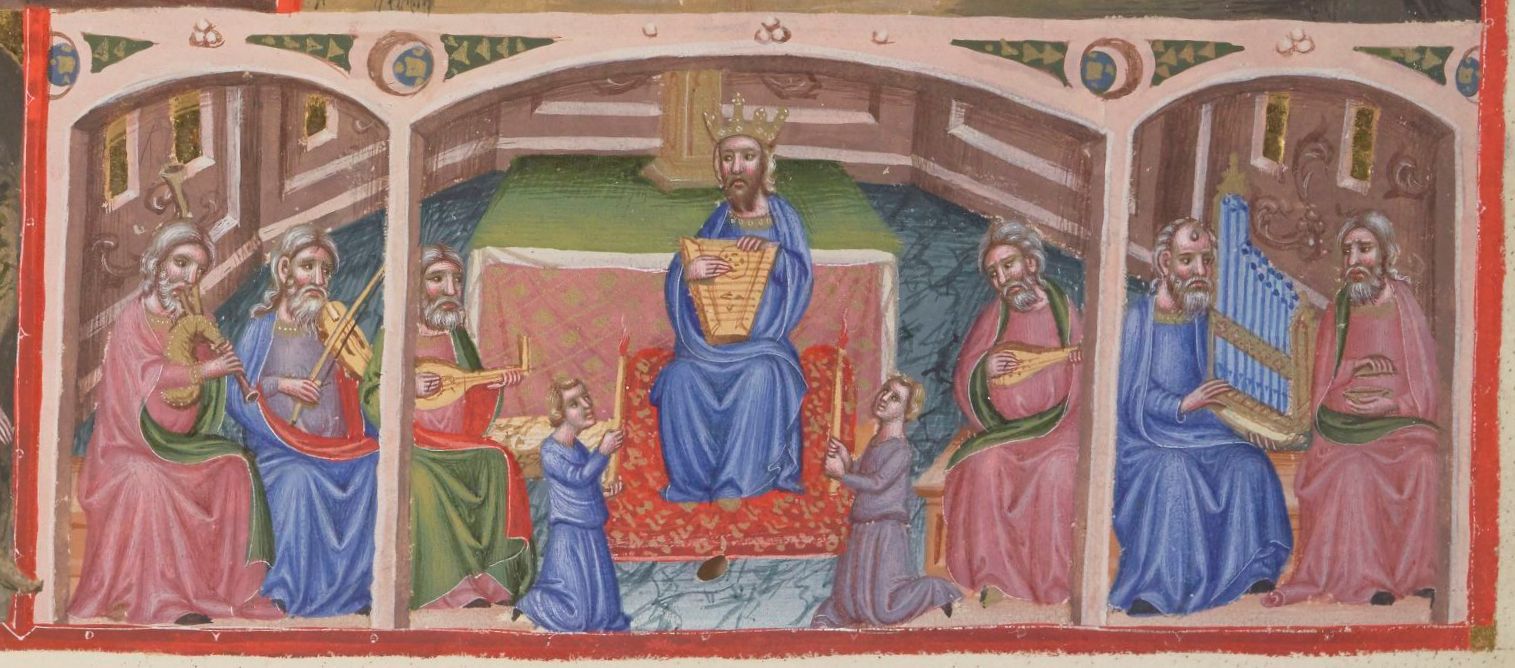Among the treasures of surviving medieval instrumental music are eight French royal estampies in the Manuscrit or Chansonnier du roi, c. 1300. This article includes:
• an outline of the manuscript, putting the estampies in context;
• a description of the estampie form from a contemporaneous French source, Ars musice by Johannes de Grocheio, c. 1300;
• a video of each of the eight royal estampies performed on either gittern, citole or medieval harp;
• the music for all the royal estampies in the original neume notation and in modern notation;
• music analysis and historically-informed performance suggestions, looking at a different aspect of performance for each estampie.


